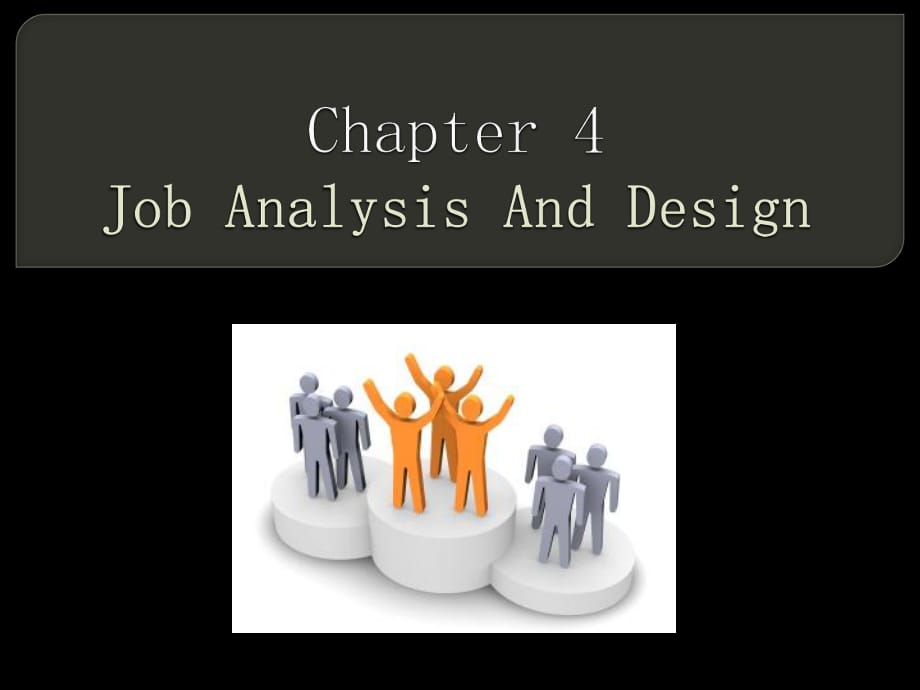《人力資源管理專業(yè)英語chapter4JobAnalysisAndDesign》由會(huì)員分享��,可在線閱讀�,更多相關(guān)《人力資源管理專業(yè)英語chapter4JobAnalysisAndDesign(11頁珍藏版)》請?jiān)谘b配圖網(wǎng)上搜索。
1��、 Small survey: Form into small groups of two. Each ask your partner whether all the employers in his/her company are full-time workers. Then ask him/her to introduce the make-up of workers in his/her company and invite him/her explain the reason for that kind of composition. Job analysisJob design W
2����、hat does job design refer to?Why is job design important?Why do managers play a significant role in job design?What are the advantages of using contingent workers?Why is person-job fit important?Why is job-person match consequential? What are the common approaches of job design?What is the weakness
3、of job simplification ?What are the meanings of job enlargement and job enrichment ?What are the advantages of job rotation?What kind of person would share jobs? What is job analysis?What are the purposes of job analysis?What are the two types of job analysis mentioned in the text? Explain each one.
4���、Why are the two types of job analysis often integrated (used together)? What are the stages in the job analysis process? What job analysis methods are introduced in the text?What is the limitation of the observation method?When is the method of group or panel interviews useful?What is the advantage
5����、of the questionnaire method? What is the advantage of a computerized technology-based job analysis system?How can O*Net help with job analysis? In this unit, weintroduced job design and its approachesIntroduced job analysis and its purposes, responsibilities, forms, implementation, and methodsAfter class, you Suppose you were the manager of your department and observe two of your colleagues performing their duties. Take notes, and later develop the notes into a report.
 人力資源管理專業(yè)英語chapter4JobAnalysisAndDesign
人力資源管理專業(yè)英語chapter4JobAnalysisAndDesign

